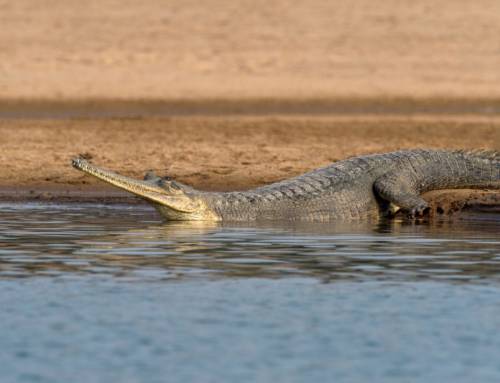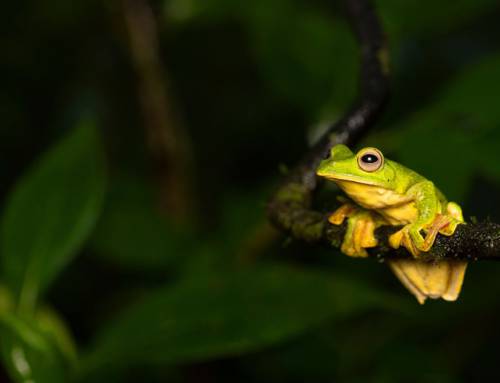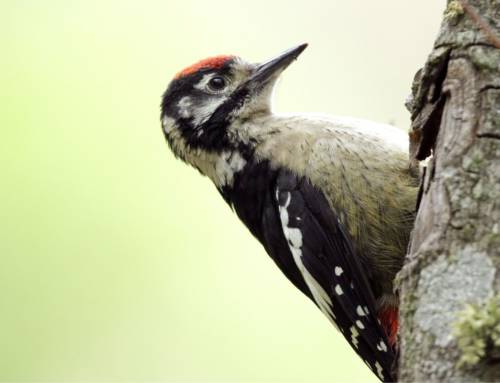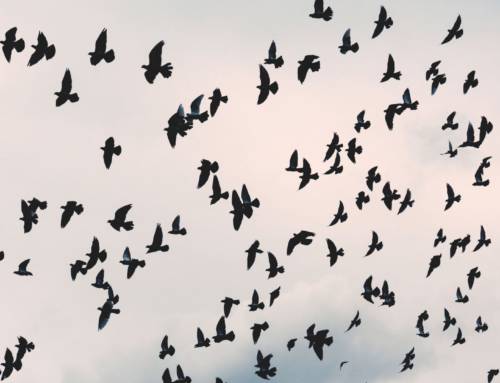This is the first article from our two-part series called ‘Wildlife Hunting’.
Authors: Anusha Chaudhary and Dr. Krithi K. Karanth
Hunting of wildlife is one of the major reasons for decline of Indian fauna. It takes place commercially and locally for the pot. Wildlife are hunted for ivory, horn, bones, bile, shahtoosh, etc. which generate significant commercial value and incomes. Local hunting where species are targeted for wild meat/ or end up getting hunted as a retaliation to crop loss, livestock predation (or other conflict incidents) poses a significant threat to Indian wildlife.
CWS scientists conducted field surveys in 1996–97 in and around Kudremukha and Nagarahole, two National Parks in Karnataka. In Kudremukha research was carried out in three village enclaves, focusing on understanding the intensity and patterns of hunting. Presence and absence of various large mammals in Kudremukha and their populace knowledge were estimated. Hunting practices of individual hunters were evaluated to examine preferences for specific species, hunting techniques and reasons for hunting. In Nagarahole, two forest patches of Arkeri and Nalkeri were studied to evaluate different pressures of hunting. The authors simultaneously carried out line-transect surveys in these areas to estimate the abundance of nine species of diurnal mammals – Indian giant squirrel, bonnet macaque, common langur, barking deer, wild pig, chital, sambar, gaur, and Asian elephant.
The study documented that local hunting in Kudremukha was intense and fairly widespread, which has suppressed the abundance of large mammals in the region. They established that ~ 26 mammal species were hunted in Kudremukha, with mouse deer being the most hunted. In Nagarahole, 16 of the 29 mammal species (weight > 1 kg) were regularly hunted. Hunters operated exclusively to supply wild meat to eateries in nearby towns and adjacent villages of Kerala. Hunting pressure was consistently higher in Arkeri which had better access to local meat markets. Estimates provided by the local hunters and informants indicated that hunting in Arkeri was about three times as intense as in Nalkeri. Fewer patrolling roads and vehicles, poor communication facilities and an ill-equipped armoury, were additional factors responsible for the higher levels of hunting at Arkeri. More traditional techniques such as bow and clay shots, funnel traps, smoking, catapults and use of wire snares were practised across Nagarahole as compared to Kudremukha, where they used locally crafted guns and snares.
The research from this study revealed that large mammals thrive under careful protection but remain vulnerable to intense pressures of local hunting in two premier parks in Karnataka. The study also highlighted disparities between preservationist and sustainable approaches towards managing such activities. Based on this study, the authors conclude that it is very difficult to define or establish the ‘sustainable harvest of large mammals’ in India. They attribute this to the confinement of small viable mammal populations within the wildlife reserves, the vast human populations and associated pressures surrounding these areas, and diversity in cultural and socio-economic conditions. Scientists recommend that provision of protection to these species as a must, apart from finding socially acceptable, economically equitable and morally agreeable ways to minimize hunting.
Original Research Article: Local hunting and the conservation of large mammals in India, Madhusudan, M. D. & Karanth, K. U. (2002). AMBIO: A journal of the Human Environment, 31(1), 49-55.






